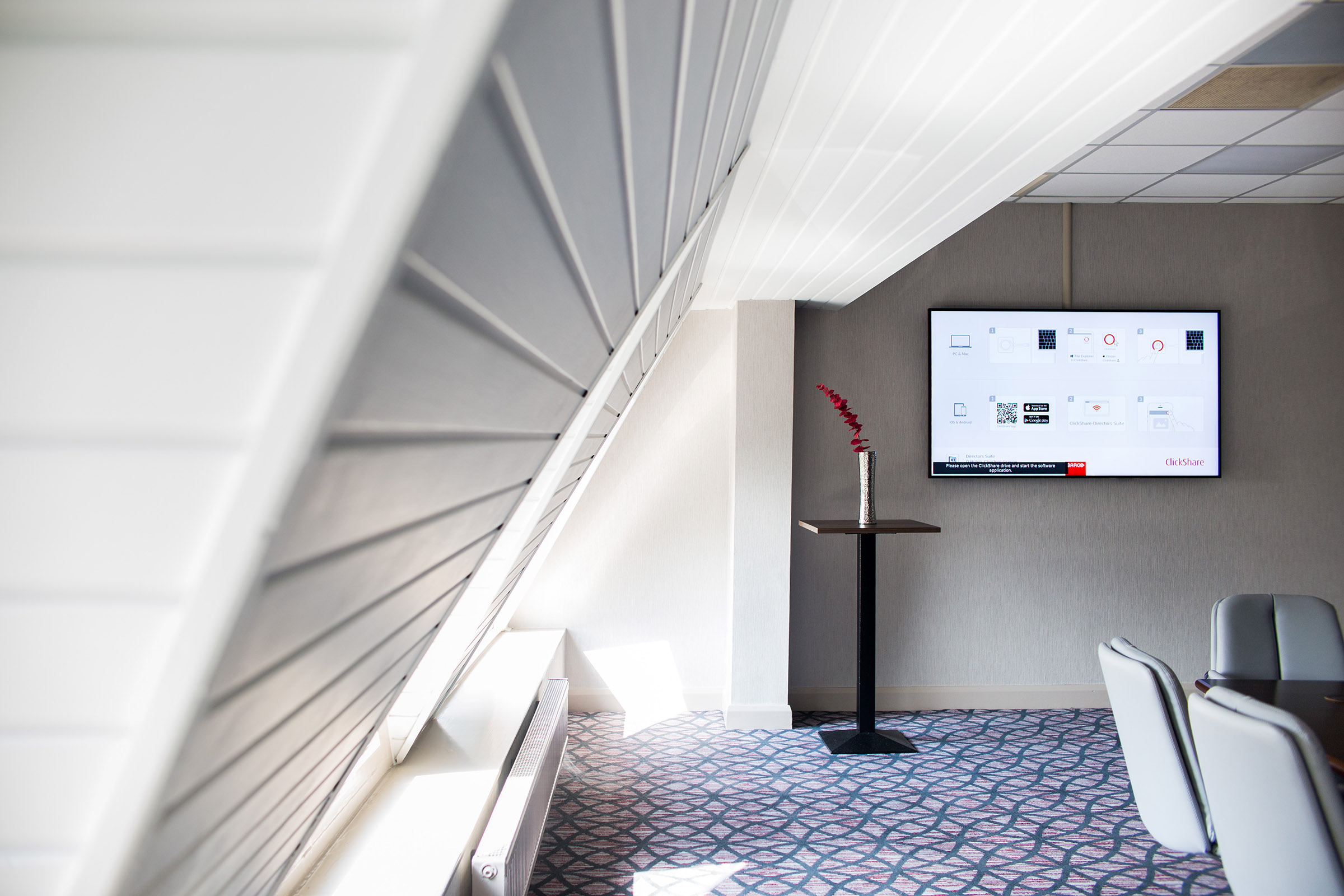Optimal Strategies for Positioning Surveillance Cameras to Improve Surveillance Effectiveness
Optimal Strategies for Positioning Surveillance Cameras to Improve Surveillance Effectiveness
Blog Article

Positioning security cameras efficiently is essential to enhancing surveillance across various settings, including homes, commercial properties, and community areas. The primary objective of security systems is to discourage crime while also provide proof during case of events. To achieve this, it becomes essential to take into account several elements, including surveillance camera placement, range of view, as well as the particular areas that need monitoring. By comprehending these elements, people and entities can create a thorough surveillance plan that maximizes the efficacy of their security solutions.
One of the first actions in placing security systems is to determine key locations that require surveillance. Vulnerable zones, including entry points, exit points, parking areas, and locations with valuable items, should be given priority. It is crucial to consider areas not visible, that are locations that might not be visible from specific angles. By charting out these key locations, surveillance personnel can guarantee that every corner remains monitored, minimizing the chances of illegal actions going unnoticed. Additionally, installing cameras at key locations can help form a comprehensive view of the property, allowing for improved total security monitoring.
The field of a security system is another crucial element to consider. Various kinds of cameras provide different fields of vision, that can affect how many area is recorded in the footage. For instance, broad-view cameras can cover bigger spaces, making them perfect for open locations, whereas PTZ systems can be modified to focus on particular details. When positioning surveillance systems, it becomes essential to choose the right kind based on the location being monitored. This ensures that the system can capture clear footage and offer valuable data in the event of an incident.
Elevation and tilt of installation also play a significant role in the efficacy of surveillance systems. Surveillance systems must be mounted at a height that is out of grasp of possible tampering but still allows for unobstructed visibility of faces and other identifying features. A typical suggestion is to install systems at least 8 to ten feet off the ground. Additionally, the tilt at which the system remains positioned can impact its capability to record important details. Cameras should be tilted to minimize glare and prevent blockages, guaranteeing that they can record clear video at any moments.
Finally, regular upkeep and improvements to the security camera is crucial for long-term effectiveness. This includes inspecting system functionality, cleaning optics, as well as ensuring that software remains current. Frequent evaluations of the surveillance strategy can assist identify any new areas not visible or locations that may require extra monitoring. By remaining vigilant and making required changes, individuals and organizations can improve their surveillance effectiveness and ensure that their cctv camera installation for airports surveillance solutions continue to serve their designated function.